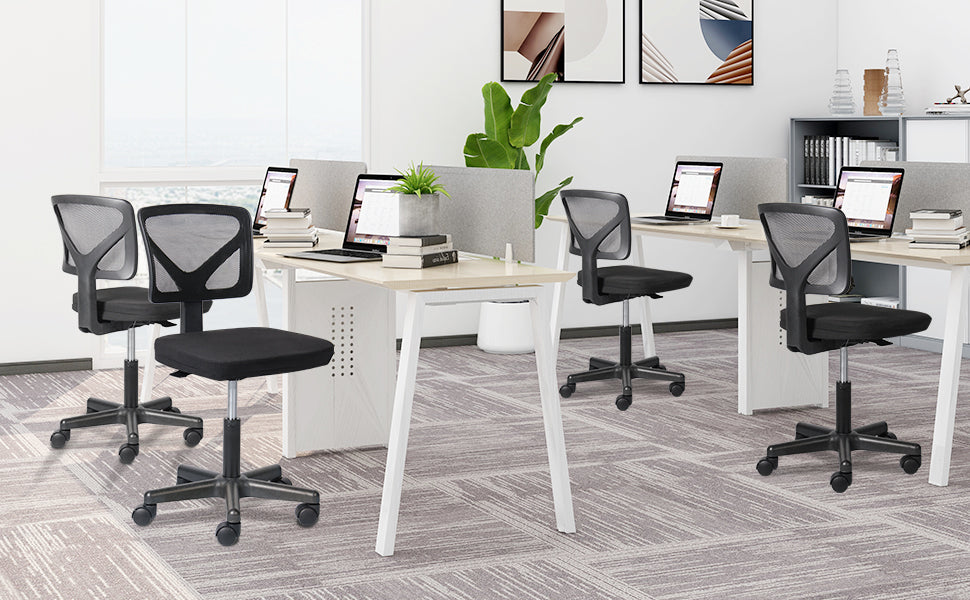Title
A Comprehensive Guide to Choosing the Perfect Office Chair: Ergonomics Explained

Title
Title
Why Ergonomics Matters
Determining the Right Seat Height and Depth

Additional Features: Lumbar Support, Swivel, and Tilt Functions

